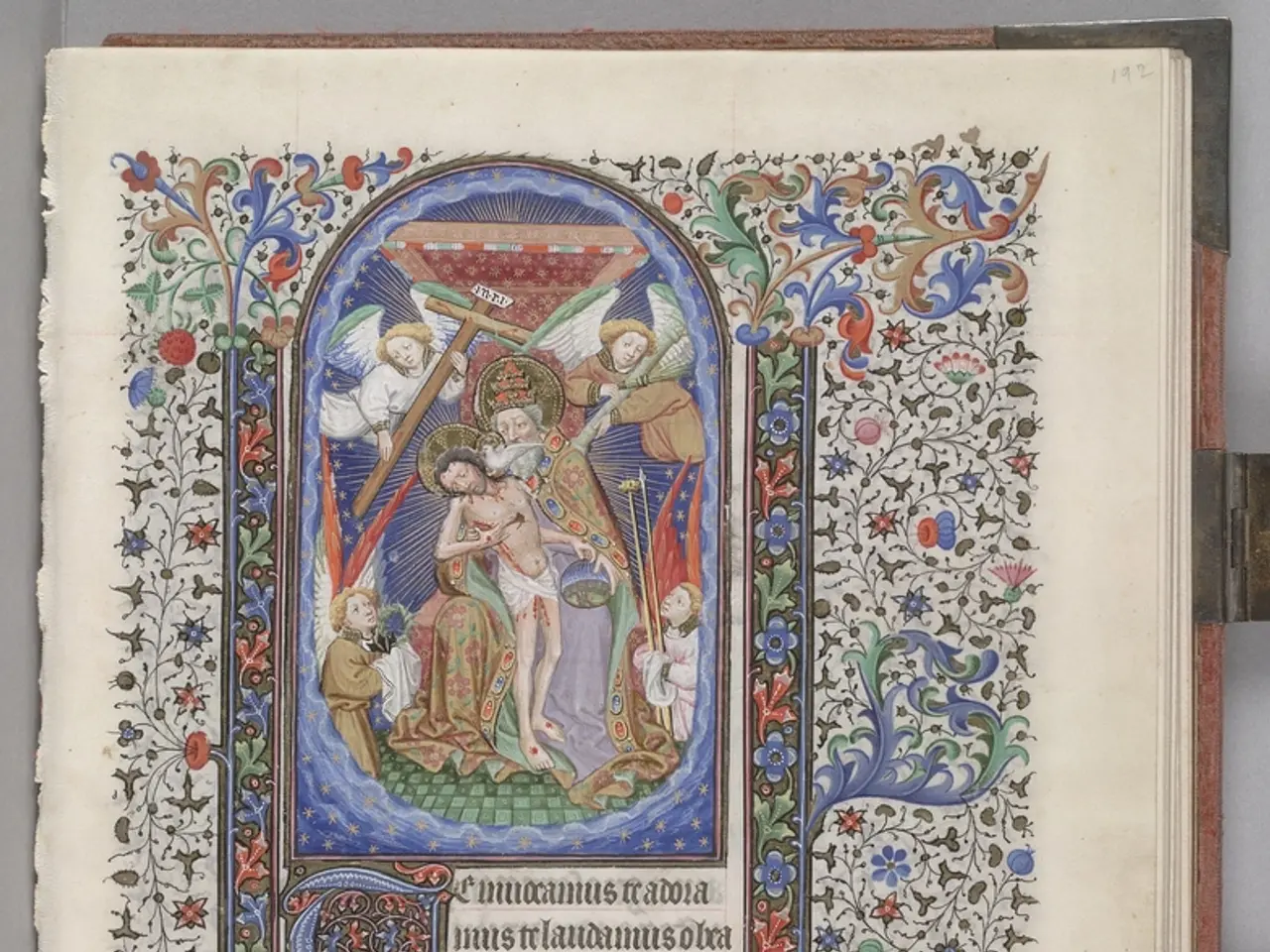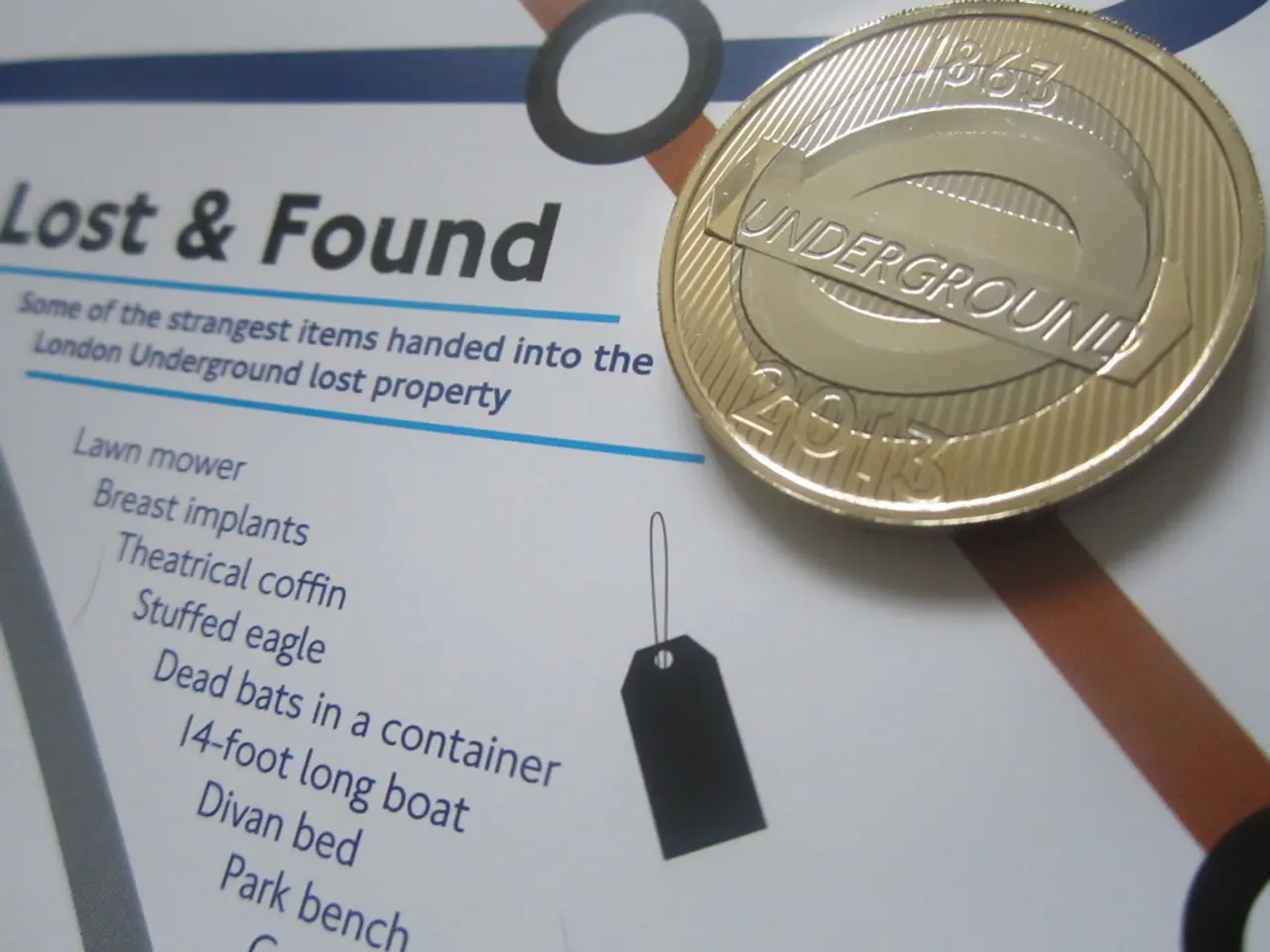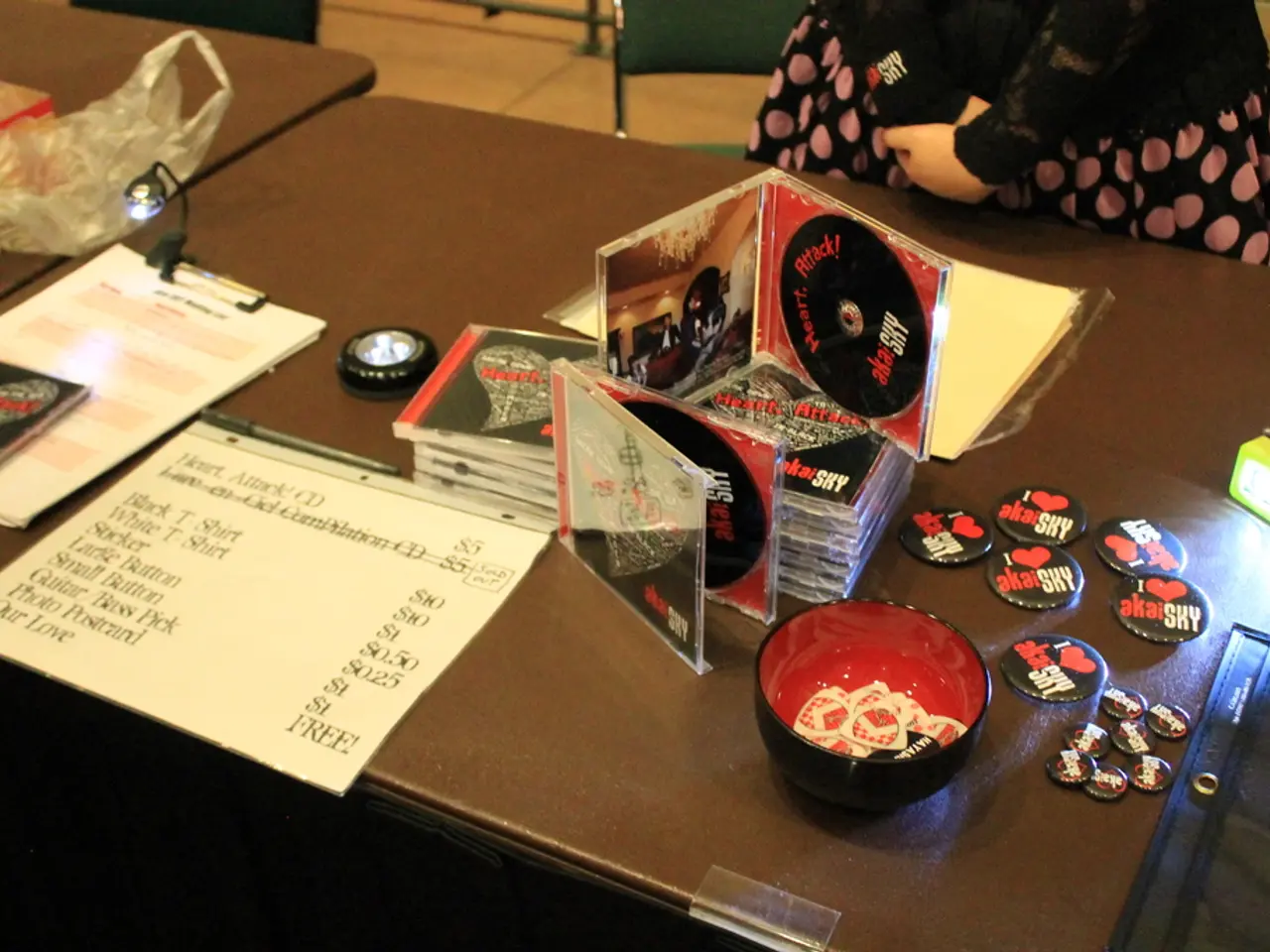"Alternative Diagram Options for Displaying Your Data: A Look Beyond Pie Charts"
Pie charts, while popular for showcasing the distribution or composition of a set of data points, can sometimes become overcrowded and difficult to read when there are too many data points [1]. Understanding the strengths and use cases of different chart types is key to creating more compelling visuals that communicate data effectively.
Bar Charts: A Powerful Comparison Tool
Bar charts are excellent for comparing different categories side-by-side and clearly show differences in magnitude [4]. They are particularly useful when the focus is on comparing data across various categories [1].
Line Charts: Precision in Trend Analysis
Line charts are ideal for illustrating changes or trends over time with precision [1][2]. They are valuable for tracking sales and revenue data over time, and for identifying peak years and evaluating marketing campaign effectiveness [3].
Scatterplots and Bubble Charts: Uncovering Relationships
Scatterplots and bubble charts are useful for visualizing relationships, patterns, and correlations between two or three numeric variables respectively [1][2][3]. Scatterplots help spot outliers in data by design, making them a powerful tool for data analysis.
Infographics: A Comprehensive Approach
Infographics combine multiple data sets with text and images into a comprehensive and engaging visual [1]. They provide a more comprehensive way to present data, making them a good alternative to pie charts.
Flowcharts and Sankey Diagrams: Revealing Relationships
Flowcharts and Sankey diagrams are effective for revealing relationships or illustrating movement and flows between categories [1][3]. They are particularly useful for depicting steps, decisions, and paths involved in a process, and for mapping out all the possible scenarios and steps in a process.
Treemaps: Visualizing Hierarchical Data
Treemaps use nested rectangles to compare parts of a whole, allowing visualization of hierarchical data with color-coded sections [2]. They are a valuable alternative when dealing with complex datasets or when the goal is to organize patterns.
Embracing these alternatives opens up a world of data visualization possibilities. Each chart type has its unique strengths and use cases, and choosing the best alternative depends on the specific goal of the visualization—whether to inform, compare, show change over time, organize patterns, or reveal relationships [1].
Our platform offers a user-friendly editor for creating charts with a library of chart templates. It also provides 40,000 icons and illustrations to bring charts to life. Sharing charts online is free on our platform, while downloading requires a Business account upgrade, which allows downloading charts as PNG, PDF, or interactive PDF.
[1] Data Visualization: A Practical Introduction, by Scott Murray [2] The Truthful Art: Data, Charts, and Maps for Our Times, by Alberto Cairo [3] Visualize This: The FlowingData Guide to Design, Visualization, and Statistics, by Nathan Yau [4] Statistical Graphics: Visualization, Data Analysis, and Modeling, by William S. Cleveland and Robert McGill
This article is brought to you by our platform, offering ready-to-be-customized chart templates to avoid making charts from scratch.
- In the process of creating a brand kit for a tech company, data-and-cloud-computing team might consider using technology like scatterplots and bubble charts to uncover relationships and correlations in their database, as these chart types effectively visualize patterns and trends.
- By utilizing the wide variety of charts offered by the platform, such as line charts, infographics, and Treemaps, a data visualization specialist can ensure they have the appropriate tools in their brand kit for data visualization, data-and-cloud-computing, and technology projects, helping to communicate data insights more effectively.




